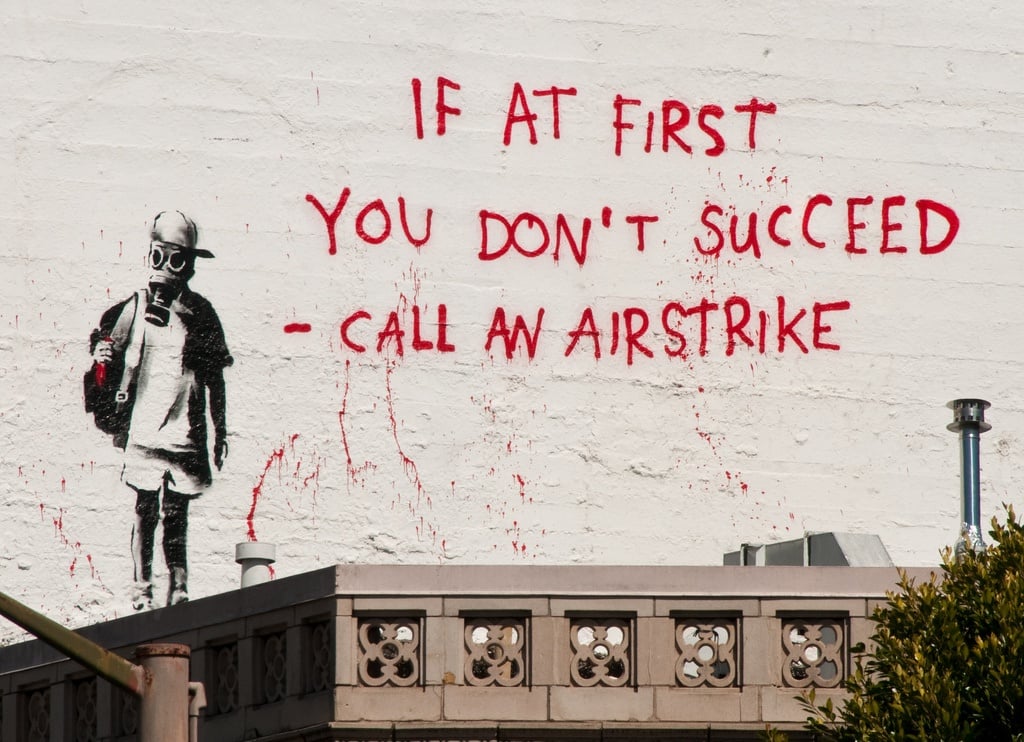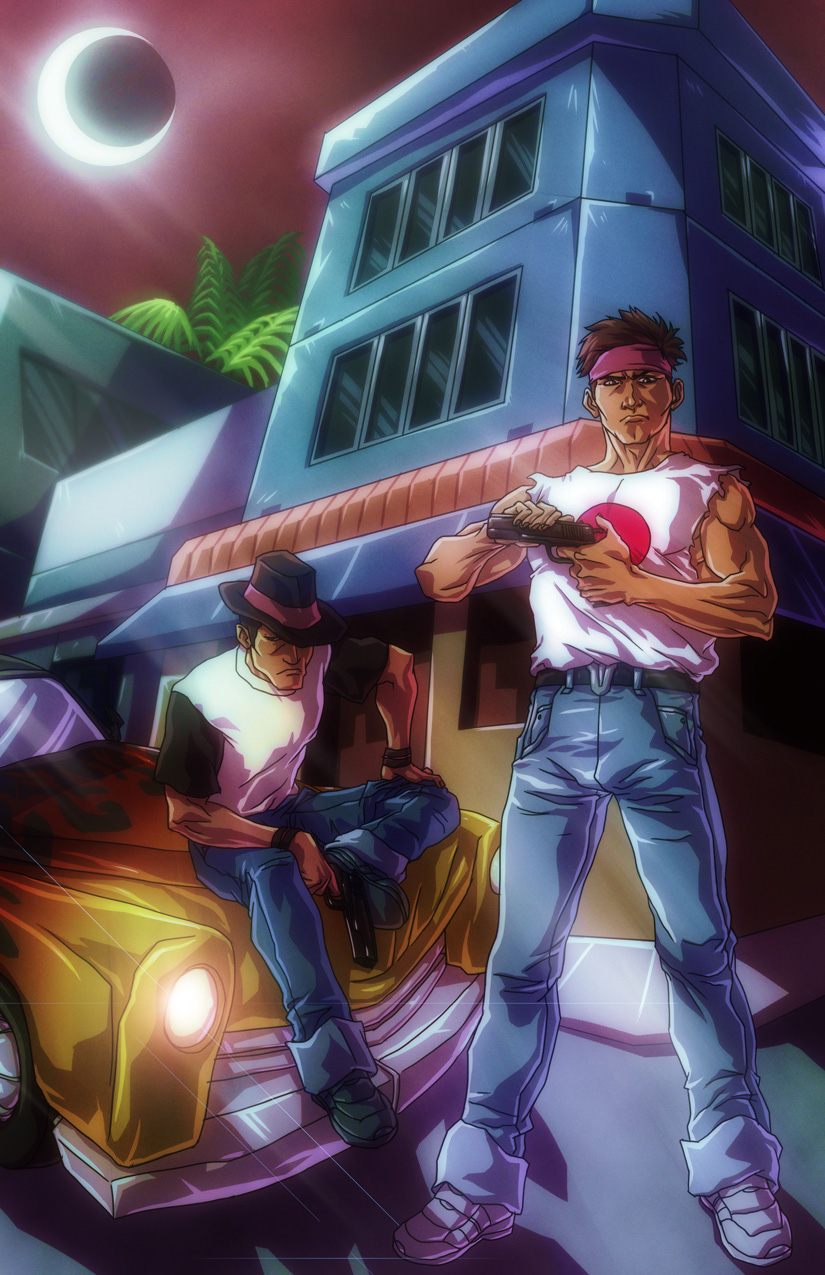

Street art is created in a vast variety of ways with a wide range of techniques. Street art is often connected to activism that creates awareness about pressing social and environmental issues. Whilst territorial and rebellious in nature, street art tends to convey a social or political message that provokes discussion and reaction. Often humorous and thought-provoking, Street Art covers an extreme wide range of themes and interesting techniques beyond the traditional graffiti and spray paint. Since then, the art form has secured its position in the art world and become validated as a cultural phenomenon, even though such practices are considered illegal in many cities around the world. Cooper’s slim paperback edition quickly became a style guide for train writers and graffiti artists not only across the United States but in Europe as well.ĭuring the 1980s, street and graffiti art found their way into art galleries and museums, at a time when artists like Keith Haring and Jean-Michel Basquiat from the New York street art scene gave credibility to such realm and took their works from the street into the fine art world.

She started documenting the New York street art scene and street artists in the 1970s, and also largely contributed to the development of the whole movement by distributing her book called Subway art, published in the early 1980s. Only a few artists captured the creative process and the early momentum of street artist communities, photographer Martha Cooper being one of the most respected names to do so.

The mid-1970s saw the evolution of different styles as many seminal street artists at that time would write their nicknames and pseudonyms in a unique manner with an original design, battling the quest to get noticed. The vast areas of boarded-up buildings, vacant lots, closed down factories and construction sites became the canvas for a group of creative kids, first in Spanish Harlem, that led to the development of a whole art form that went from a simple signature all the way to murals that covered entire subway cars. In the 1960s, New York was going through hard times and was on the brink of bankruptcy. Well-documented origins of street art come from Philadelphia and especially New York City. A similar urban climate contributed to art murals finding their way into the cityscapes of Southern California’s metropolises around the same time. What we call street art today is inherently different from the aforementioned wall writings and dates back to modern times, to the war of infamous gangs of New York City in the 1920s and 1930s, when name-based tags and primitive graffiti started popping up on the streets, marking controlled territories by the gangs.

People have been using natural surfaces to draw and paint on them since prehistoric times when handprints and paintings depicting hunting scenes were put on cave walls to evoke the prosperity and unity of small human communities.


 0 kommentar(er)
0 kommentar(er)
